By Howard Levitt and Puneet Tiwari
This year will bring a continued shift back to more traditional norms
The phrase captured a broader mood of societal change, including a reversion to earlier norms, such as traditional holiday greetings “merry Christmas” and “happy Hanukkah” replacing the more generic “happy holidays;” conservative politics becoming “cool” again; and company DEI departments being slashed.
At holiday gatherings, for the first time in many years, it seemed the traditionally right-leaning uncle found his opinions taken seriously, while the left-leaning aunt encountered an unusual number of eye rolls.
Another such trend dominating conversations this season was the return to office. Just as traditional holiday greetings made a comeback, so too has the expectation for employees to work in-office, signalling a definitive end to the widespread remote work to which we’ve become accustomed. President-elect Trump has announced that employees in the federal public sector who do not come to work five days a week will have no job at all to wake up to.
The era of rolling out of bed straight into a meeting with your camera off is firmly behind us. Over the last year, we’ve witnessed the transition from a five-day remote workweek to hybrid models, with employees only working from home two or three days a week. Now, more employers are mandating a permanent return to the office.
Employer approaches to the return to office
Over the past several years, we have consistently advised employers to begin recalling their employees to the office. As of now, employers implementing this shift fall into one of three categories:
Employers with enforceable employment contracts that explicitly designate roles as in-office and stipulate that remote work is temporary will have little to worry about. These organizations can direct employees back to the office with minimal risk of constructive dismissal claims. Such employees must either comply or seek alternative employment. Employers who provide adequate notice of the transition further reduce the potential for constructive dismissal claims.
Employers who adopted remote work during the COVID-19 pandemic but neglected to recall employees in the years since now face potential exposure to constructive dismissal claims. Nearly five years after the pandemic began, work-from-home arrangements may have become a standard part of employees’ roles. Abruptly requiring employees to return to the office without sufficient notice could be interpreted as a fundamental change to their employment terms.
Employees in such circumstances may refuse to return, compelling employers to either terminate the employee or withdraw the proposed change. The risk is heightened for employees who relocated far from the office and have been working remotely for an extended period.
However, employers who announce the change with adequate notice mitigate these risks. For instance, employers who communicated a return-to-office policy in early 2024 for implementation in 2025 provide employees ample time to adjust or explore other employment
Employers that hastily embraced fully remote or hybrid work without proper planning may face significant challenges. Many employees were hired with the promise of a fully remote role, only to discover their employment contracts specified an in-office requirement. Some recruiters reassured candidates via email that the in-office clause was merely a formality.
When these employers now demand employees return to the office, they are particularly vulnerable to constructive dismissal claims. Their only viable defence is to provide reasonable notice of the change. Imposing new arrangements with only a few weeks’ notice is likely to lead to legal disputes or, at the very least, damage employee morale and trust.
But even adequate notice will not obviate claims for statutory severance (not more) in most provinces.
Navigating 2025: the year of our return to the office
The return to the office symbolizes a recalibration of workplace expectations. Employers and employees alike must navigate these changes thoughtfully. Despite challenges, the current economic climate may make employees less inclined to resign and seek new jobs. Employers should nevertheless proceed cautiously to maintain workplace harmony and mitigate legal risks.
As this bold new (or old) era is now underway, consulting an experienced employment lawyer is essential to ensure compliance with legal obligations and address potential disputes effectively. Whether you are an employer or an employee, proactive legal advice is critical. Don’t wait until complaints or lawsuits arise.

